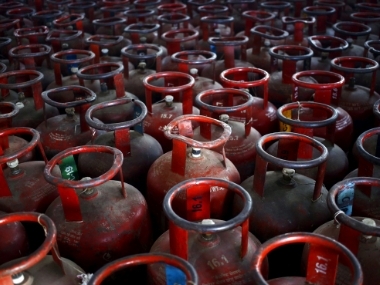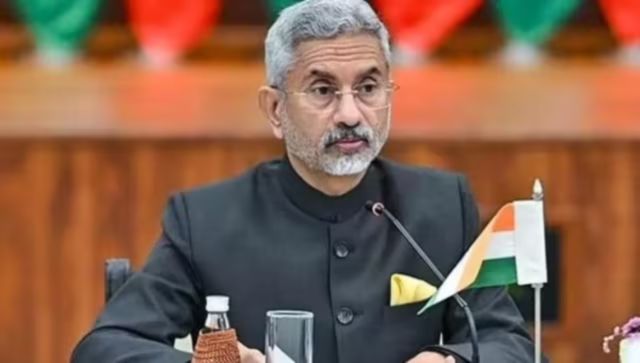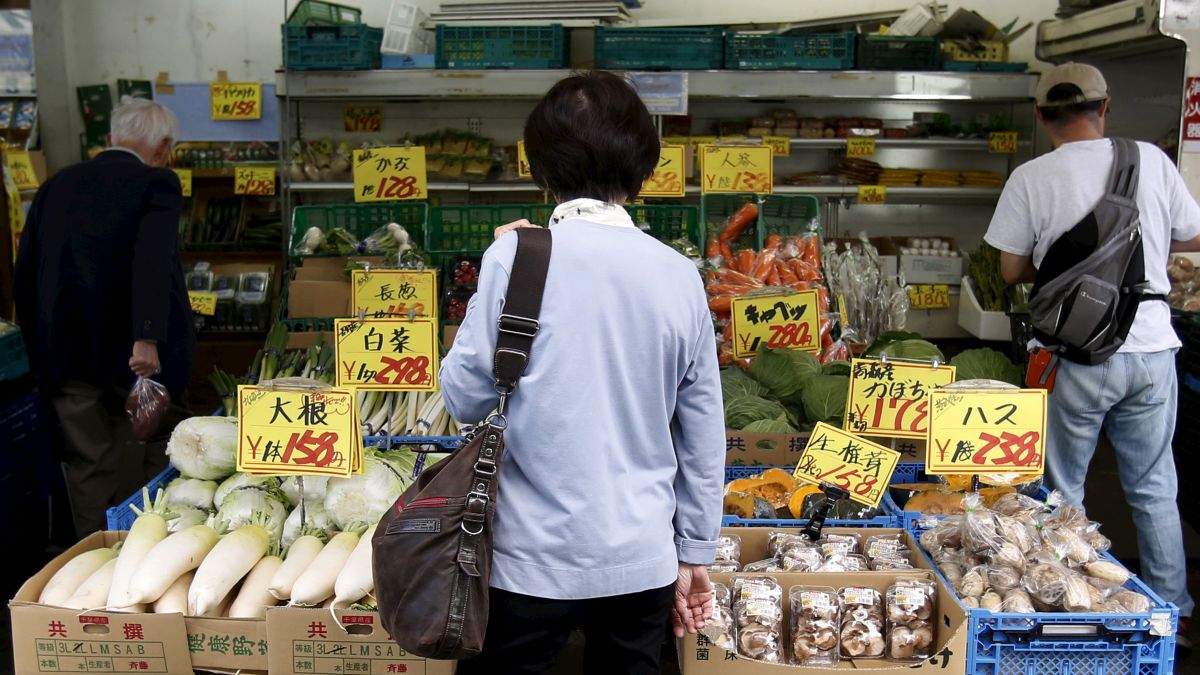State-run oil marketing company Indian Oil Corporation (IOC) has on Wednesday increased the prices of non-subsidised LPG (liquefied petroleum gas) by up to Rs 145 per cylinder. The oil marketing company had hiked the prices of commercial LPG cylinders (19 kg) by up to Rs 225 per cylinder on 1 February.
#NEWSFLASH | @IndianOilcl hikes prices of the 14.2 kg LPG cylinder by Rs 144-149/cylinder across the Golden Quadrilateral, for the first time since January 1, 2020 pic.twitter.com/OXyArpgmDK
— CNBC-TV18 (@CNBCTV18Live) February 12, 2020
This was the sixth straight hike in the prices of cooking gas. The new rates will be effective from today (12 February).
The price hike was in the range of Rs 144.5 to Rs 145 per cylinder in Mumbai and Delhi respectively, according to data available on the Indian Oil Corporation website. The public sector oil marketing company supplies LPG under brand Indane.
Accordingly, the non-subsidised LPG prices have been revised to Rs 858.5 per cylinder in Delhi and Rs 829.5 per cylinder in Mumbai, Rs 896 in Kolkata and Rs 881 in Chennai, the data said.
Last month, Indian Oil, the nation’s biggest oil firm, had seen tripling of its net profit in December quarter as inventory gains offset lower refinery margins and forex losses, reported PTI.
Standalone net profit in October-December at Rs 2,339.02 crore, or Rs 2.55 per share, was higher than Rs 716.82 crore, or Rs 0.76 per share, net profit in the same period in the previous year, IOC Chairman Sanjiv Singh said.
The company had an inventory gain of Rs 1,608 crore in the three month period as compared to an inventory loss of Rs 8,523 crore in the third quarter of 2018-19 fiscal, he said, adding that the company’s net refinery margin stood at $2.15 per barrel in Q3 as compared to $5.12 a year ago.
Inventory gain arises when a company buys raw material (crude oil in case of IOC) at a particular price, but by the time it is shipped to India and processed into final product (fuel), international prices would have moved up. Since fuel prices are benchmarked at prevailing international rates, an inventory gain is booked. Inventory loss happens if the reverse occurs.
— With inputs from agencies


)




)
)
)
)
)
)
)
)